|
http://bit.ly/2RGG5di
How to Turn Fans Into Engaged Superfans http://bit.ly/2FHfeqP
In this article, you’ll discover how to encourage your fans to engage with your business in deeper, more meaningful ways. Why Does Fan Engagement Matter to Marketers?Most definitions of brand engagement agree that it represents a relationship between a brand and its consumers that’s driven by interactions. Social media marketers have long championed the importance of engagement because brand interactions are opportunities to build deeper relationships with fans. As social media marketing has matured, however, business owners have become more skeptical of the value of engagement. This is due in part to the broad nature of what constitutes engagement because everything from a Facebook like to flying across the country to attend an event can fall under the engagement umbrella. With engagement encompassing a range of activities and more than a few suspect social media marketers touting how much “engagement” their work generated for a business (with no clear tie to more critical metrics like sales, customer retention, or even sentiment), the very term engagement has started to lose its meaning.
Engagement, however, is perhaps more important than ever as competition increases and reach algorithms become more punishing. That said, marketers need a more structured approach for implementing and measuring a brand engagement strategy. When you have a process, you can use brand engagement to:
To reap these rewards, it’s important to understand that not all engagement is created equal. The core principles of brand theory have been around since the Mad Men days of clever Volkswagen advertising in the 60s and 70s. Though technology and consumer behavior have changed significantly since then, the value of building a compelling brand has only become more important. Consumer choice is at an all-time high, which means people can make choices based on higher-order factors like what a brand stands for or what it’s doing to better society. This isn’t a new idea, so I’ll let more articulate experts (Ronald and Elizabeth Goldstein from their article, “Brand Personality and Engagement,” published in the American Journal of Management) summarize how branding impacts consumers:
All of these points matter, but points three through six are where brand engagement really shines. One of my favorite examples of this is Jeep. If you meet a real Jeep fan, you know it. They probably have a snarky bumper sticker and a goofy wheel cover, like a hippy smiley face with beard stubble and a tie-dye bandana. These are the folks that pose with their Jeeps in photos and will drive out of their way to attend Jeep events with other fans. These are fans who entered the Jeep ecosystem, got hooked, and went deeper and deeper into integrating the brand into their personal identities.
That’s what good engagement does, and marketers can create a structure that facilitates moving low-level brand engagement into deep brand engagement. Outline the Steps to Your Brand Engagement FunnelJeep fans don’t instantly become Jeep fans. It takes time and growth. One small experience matures into a more meaningful, lasting connection. While this can happen purely organically, you’ll find more consistent results if you guide your fans through an engagement process. Think of it as an engagement funnel, taking an audience deeper into your brand to have more significant emotional experiences. The levels of an engagement funnel include the following stages:
Note that you may be able to add one more level to the bottom of this funnel: “Buying products.” It’s sometimes an indicator of engagement, but not always. Customers may buy from you for a multitude of reasons that have little to do with your brand connection, such as price or convenience. In those situations, your customers are vulnerable and may move to a brand that does work to build meaningful engagement. Now let’s briefly review what happens with fans at each level of the engagement funnel. Consume ContentWhen you produce a piece of content like a blog post or video, the fan consumes it. This is mostly passive, but it matters. Make Small Shows of SupportA like on Facebook (or the equivalent on another platform) is a small action for a fan to take, but it is an interaction. The fan had to do something.
Participate in ConversationsYour fan adds their voice to your marketing through actions like comments or direct emails. The scale and frequency of the dialogue matters, but any dialogue at all is a sign of deeper engagement.
Champion the BrandYour fan’s passion has grown to the point that they share your products and content with their own network. That might mean hitting the share button on a LinkedIn post or posting positive reviews on Google. When you see even small championing occurring, those actions are significant because they require much more investment from the fan (risking their reputation in some cases).
Be Physically PresentIf your fans attend brand events, they’re committing time and energy to simply be a part of your brand. Events are notoriously difficult to market, so getting someone to show up is a big deal. To some degree, fans attending webinars or live streams can count for this stage as well. Their presence may be virtual, but they still put themselves in a position to view your content at a very specific time, which in itself is a meaningful commitment. Create Brand ContentThis is the Holy Grail of content marketing, the point where your fans are so passionate that they create content for you. These are the fans who write blog posts about your services, take pictures of themselves with your products, organize fan meetups, and develop guides and videos to educate others in your community. At this stage, your fans are doing marketing for you. Old Spice sent the prop tiger from one of their commercials to a fan. The fan’s post on Imgur earned over 440,000 views and over 750 comments. Not bad for an old set prop.
A brand engagement funnel is great in theory, but what does it look like in practice? Experience 3 days with the best social marketers. Discover the latest tactics and improve your marketing know-how! How to Guide Engaged Fans Into Becoming SuperfansAs with any marketing initiative, you’ll see better results if you work toward well-defined goals and map out a plan for reaching them. To create that plan, here are the steps you need to take to move fans into deeper levels of engagement:
Suppose that you want your fans to create brand content—to share more photos of themselves wearing your t-shirts on Instagram using your branded hashtag, for instance. To model the behavior, you might sponsor relevant influencers to have them post pictures with your hashtag, which you then comment on and reshare. This shows fans that this behavior is a part of the brand community and your brand is actively supporting it. Then to prompt the behavior, request photos from fans via social posts and emails.
If the simple request approach is moving too slowly, you can incentivize fan photos with a contest. The Melting Pot, a fondue restaurant in Pittsburgh, PA, worked with a local Instagram influencer to kickstart a contest around their photo-worthy 30-foot block of cheese.
When fans do start posting photos, reward them. With the contest approach, the reward is an actual prize, but for activity taking place outside of a contest, the reward can be recognition. If a fan posts photos of your products, a comment or message from the brand can be incredibly gratifying for that person.
Yes, you’ve heard about the value of social media listening in dozens of blogs before this one, but it’s important. If you want fans to be engaged, you need to engage with them in return, and that means you need to religiously like, comment, and reshare the content your fans make for you. When you build engagement funnels for your brand, be sure to map the metrics of your audience to the funnel framework so you can measure the ongoing impact of your efforts. And cycle through the Model-Prompt-Incentivize-Reward process to continue moving fans deeper into the brand. If you’re able to identify the fan behaviors you want to see grow and to leverage the value the fans see in the experience (what’s in it for them), you can grow your audience and their engagement over time. The exact application of these ideas will vary depending on your brand and engagement goals, but the principles are the same. The funnel framework helps make that application repeatable and measurable.
Masters of Brand EngagementWhen you understand brand engagement funnels, you start to see them everywhere. The most engaging brands in the world are using the process explored here (even if they don’t describe it in these exact terms), and you can learn a great deal from what these brands do well. One of my great sources of inspiration is Rooster Teeth, a media production company based in Austin, Texas. If you’re not familiar with Rooster Teeth, they got their start making comedy sketches with Halo (the video game series) characters and have grown to become a company of several hundred employees. They run YouTube channels, host events worldwide, produce movies and animated series, sell swag, and even design board games. Their fan engagement is brilliant, and they’re masters of building and fostering communities across their multitude of properties. They’ve not only grown the business substantially year over year, but they put on sellout events in the U.S. and in Australia, and they’ve found success mobilizing their audience on multiple occasions to crowdfund some of their more ambitious projects. Their unfair advantage is that their business is built around creating content, but I would argue that more brands need to think like media companies to stay competitive. For Rooster Teeth, their engagement funnel often looks like this. It starts with a new fan watching a YouTube video. The video is entertaining in itself, but it also features a high level of fan participation via comments, fan-submitted questions, and even fan art. The frequency of their content motivates fans to subscribe to their channels so consuming that entertainment is more timely and convenient.
The nature of Rooster Teeth content facilitates reactions, sometimes through humor and shock value, but often through the nature of covering topics that their fans want to weigh in on, so they comment on videos and submit their own questions and ideas. They do this directly through Rooster Teeth forums and also manage a range of satellite communities on places like Twitter, Facebook, and Reddit.
The entertainment value of a Rooster Teeth video makes it highly shareable, so even moderately engaged fans often jump to the stage of pushing Rooster Teeth content to their own networks. Rooster Teeth events have become flagship pieces of the business and capitalize on the relationships they build with fans through their properties and their very visible leaders (who are active on their own social media profiles in tandem with the Rooster Teeth branded properties). These events often feature fan participation in creating new videos for Rooster Teeth projects. As fans fall in love with the brand, they often start to create memes, produce fan artwork, and even create physical gifts for their favorite personalities. As a platform, Rooster Teeth consistently highlights these individuals in their content and in their communities. Several prominent Rooster Teeth personalities were fans first and were hired out of the community, which sends a powerful message to the rest of the community about how much they’re valued. At one of their fan events, Rooster Teeth invited attendees to be stand-ins for one of their films.
Fans are remarkably good at self-organizing around things they love, and Rooster Teeth is a shining example of how the right input and moderation can channel that momentum in the brand’s favor. ConclusionWhen you start to think about your social media marketing and content marketing as a brand engagement funnel, you quickly begin to see how you can use your activity to move fans into increasing their participation. Each level of the funnel supports the others, and while it may take time initially to build the kind of momentum that’s an obvious success, remember that every increase in engagement matters. As you see your engagement levels go up, you’ll also discover your other key business metrics (like sales) increase as well because you’ll have a built-in, highly motivated audience that’s excited to see what you do next. That’s what true fans do. What do you think? Will you try using an engagement funnel in your marketing? What tactics do you use to turn fans into superfans? Please share your thoughts in the comments below. More articles on social media engagement:There are 17 tracks of content available to you at Social Media Marketing World. Don't miss this event! Social Media via Social Media Marketing | Social Media Examiner http://bit.ly/1LtH18p January 22, 2019 at 05:07AM
0 Comments
Leave a Reply. |
�
Amazing WeightLossCategories
All
Archives
November 2020
|


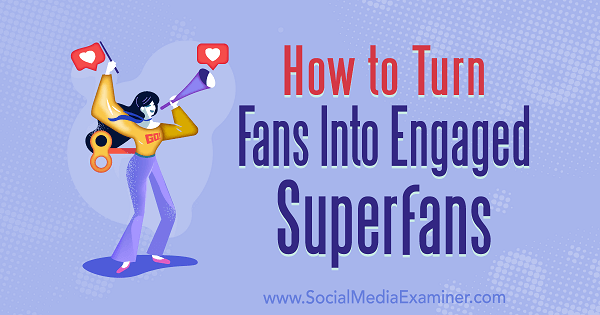
 When your social media manager excitedly points to how many likes a post received, yet sales are down, it’s both easy and understandable to become disillusioned with the potential of engagement.
When your social media manager excitedly points to how many likes a post received, yet sales are down, it’s both easy and understandable to become disillusioned with the potential of engagement.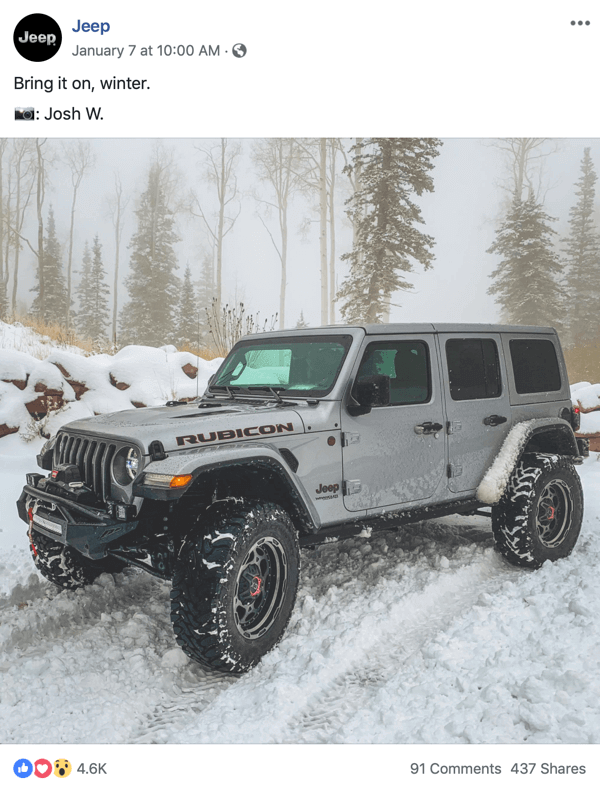
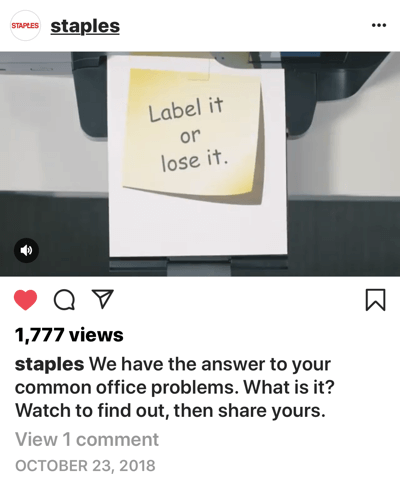
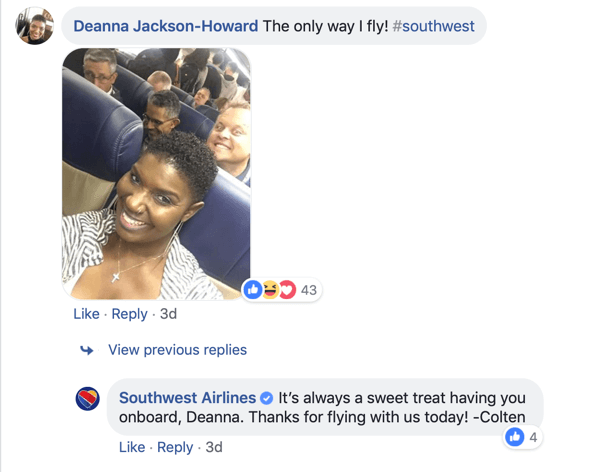
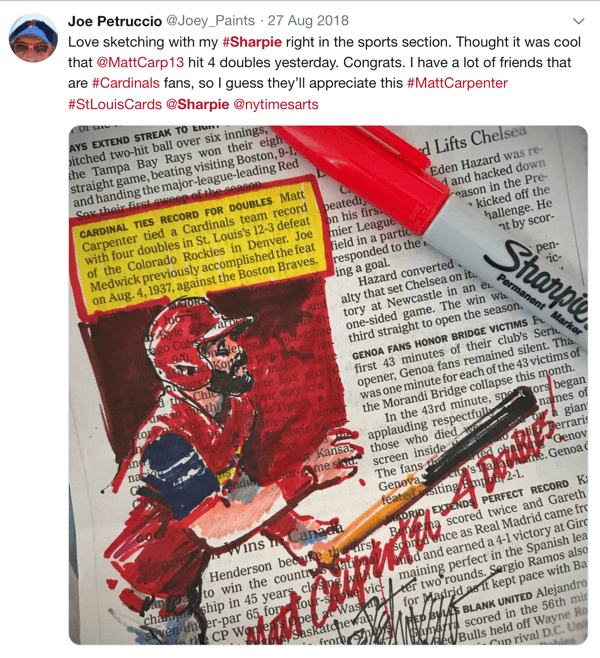
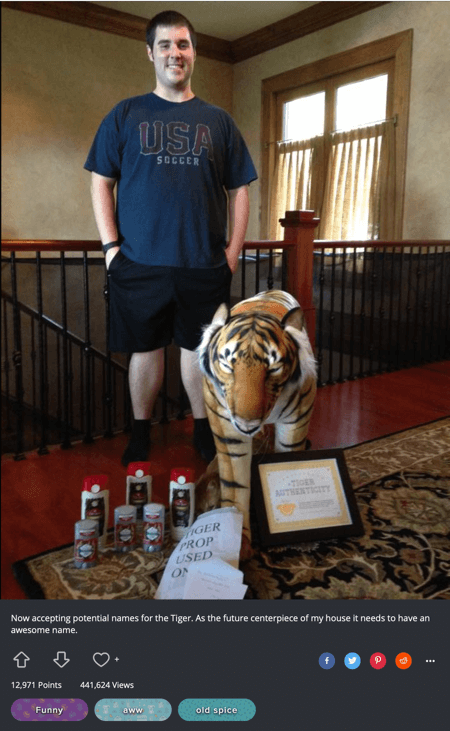
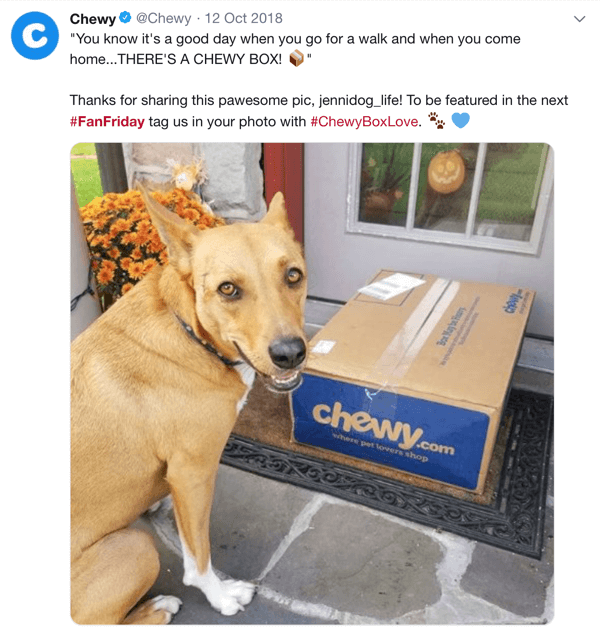
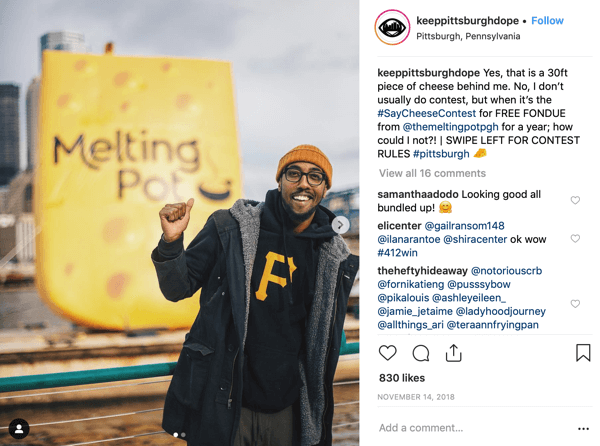
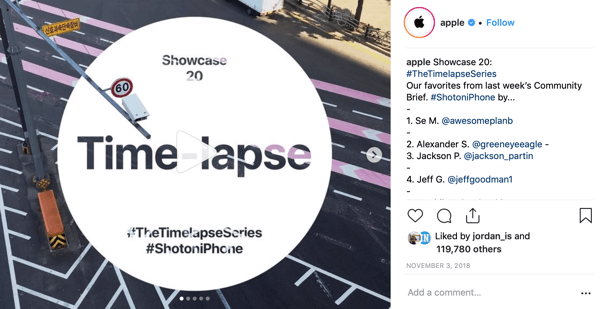
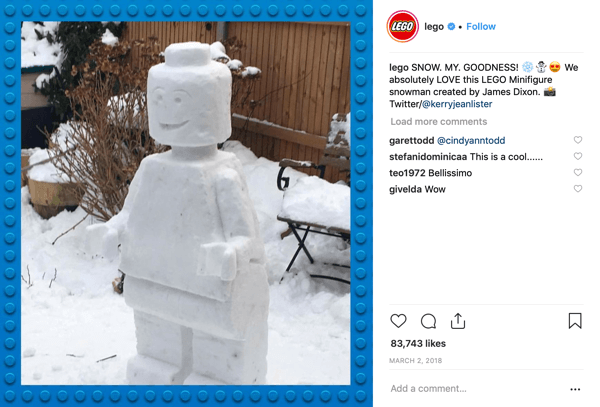
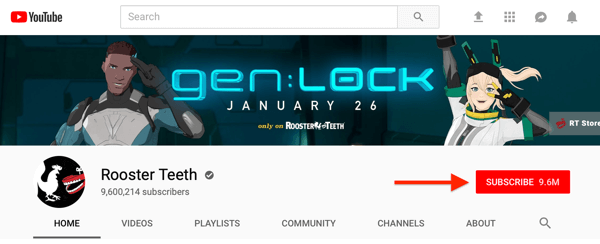
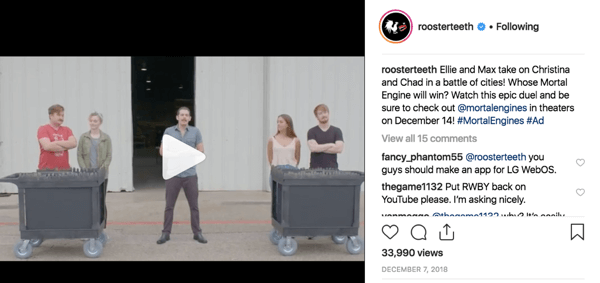
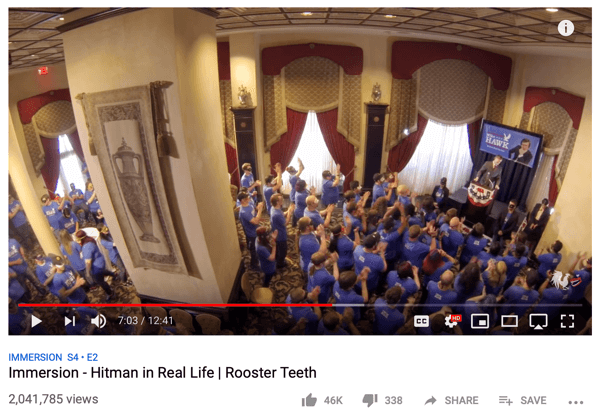

 RSS Feed
RSS Feed
